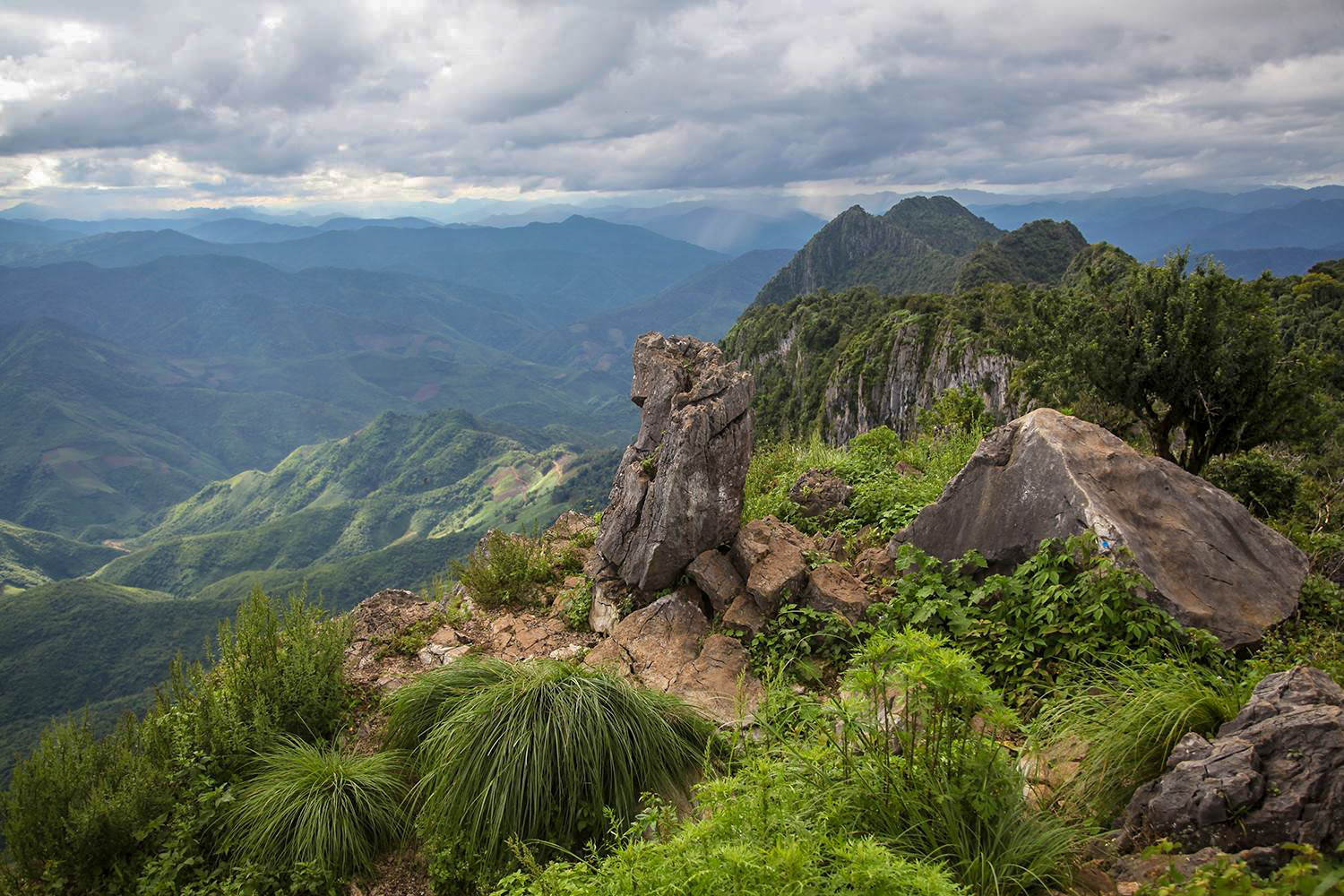The Lao PDR still harbors a rich fauna, with many species' populations and their habitats until recently probably being less depleted within Lao PDR than within several other countries in the region.
There are a reported 247 mammal species in the Lao PDR of which over a hundred are classified as "large animals", notable among them the Asian elephant, tiger, and relatively-recently-discovered Saola. However, a precise total of species so far confirmed has little meaning as the pace at which further species are being confirmed to occur, and the ongoing investigation of groups of uncertain taxonomy (notably lorises, langurs, pigs, muntjacs, and squirrels) would make any figure obsolete within months of publication.
Regardless of the numerous data gaps that exist, it is abundantly clear that Lao PDR is globally significant in terms of gibbon conservation, with four species of
crested gibbon known to inhabit the country's forests.
Surveys have recorded nearly 90 species of bats, of which 51 are considered to be key species. There are approximately 700 species of birds that have been recorded from the Lao PDR, with another 100 or so that are reasonably likely to occur. There are a number of reptiles and amphibians in Lao PDR, including the Siamese crocodile, the Phu Wua Rock Agamid Lizard, which is almost endemic to Laos with more than 95% of its range in the country; and the Lao Newt, which is totally endemic to Laos.
Conservation Challenges
In the past, the relative abundance of habitat and, in some areas, the long distance from human settlements provided partial protection for the country's wildlife. However there is a significant hunting pressure in the country, and at markets, particularly near the borders, endangered species can be observed on sale as pets, meat or medicine. Besides this, many birds and animals are hunted for food, so much so that wild birds are scarce in many heavily populated areas.
Conservation Approach

Rather than focus on the conservation of a few key species, WCS Lao PDR has adopted a more holistic approach, focusing on three diverse landscapes and two cross-cutting conservation initiatives.
- Wildlife Health – for example through our role in the development of a National Wildlife Disease Surveillance Network
- Wildlife Trade – for example, in partnership with the Government of Lao PDR, WCS is implementing the Cooperative Action to Stop Illegal Wildlife Trade (CoAction) program